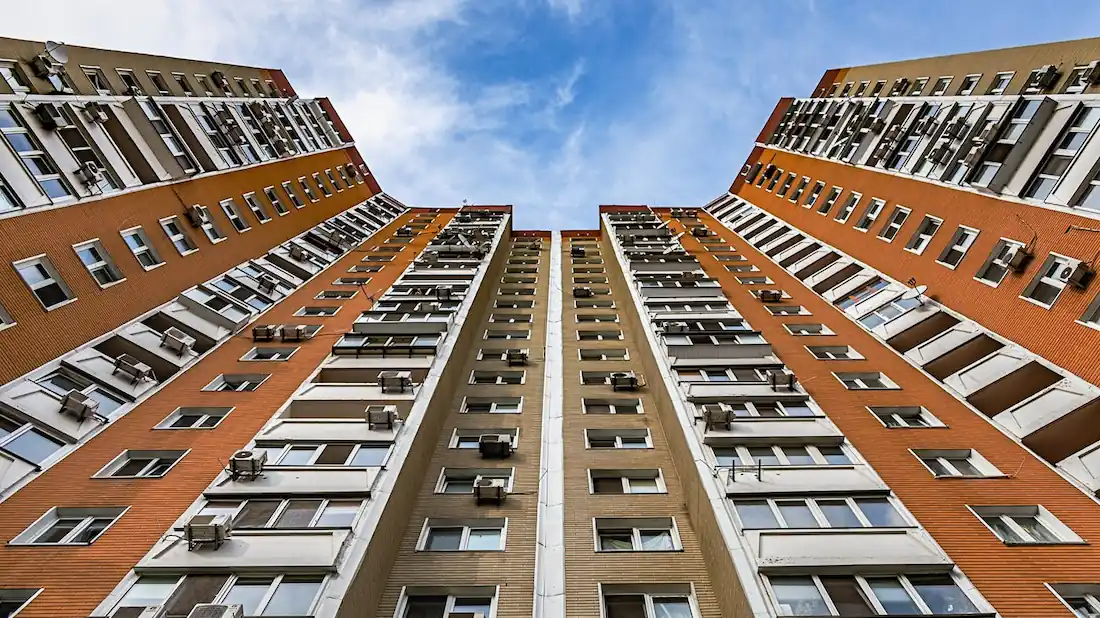When Your AC Runs But Your Home Stays Warm
Few things are more frustrating than turning on your central air conditioner during a hot Ontario summer, only to find your home barely cooling. If your central AC is running but not cooling properly, there could be several causes—some simple, some serious.
This guide will walk you through the most common issues, how to troubleshoot them, and when it’s time to call in a licensed HVAC technician.
1. Thermostat Settings or Location
What to check:
- Is the thermostat set to “cool” and the temperature below room temperature?
- Is it in direct sunlight or near heat-generating appliances?
- Has someone recently changed the schedule or settings?
Solution:
Ensure the thermostat is in the correct mode and set to a temperature at least 3 degrees lower than the current indoor temp. If your thermostat is outdated, consider upgrading to a smart thermostat for more precise control and remote access.
2. Dirty Air Filters
A clogged air filter restricts airflow, preventing cool air from circulating through your home. It can also cause the evaporator coil to freeze, making cooling even less effective.
What to check:
- Has it been more than 1 to 3 months since the last filter change?
- Is the filter covered in dust or pet hair?
Solution:
Replace disposable filters or clean reusable ones. Set reminders to inspect filters monthly during cooling season.
3. Frozen Evaporator Coils
If your indoor unit is blowing warm air or airflow is weak, your evaporator coil might be frozen.
Causes include:
- Dirty air filters
- Blocked vents or closed registers
- Low refrigerant levels
Solution:
Turn off the system and allow the coil to thaw. Replace the filter and check vents. If freezing recurs, it may be a refrigerant or airflow issue requiring professional service.
4. Low Refrigerant Levels
Refrigerant absorbs heat from inside your home and releases it outside. If your system is low, it can’t cool effectively.
Signs of a refrigerant problem:
- AC runs constantly but doesn’t cool
- Hissing or bubbling sounds near the outdoor unit
- Ice buildup on the refrigerant lines
Solution:
This is not a DIY fix. A licensed HVAC technician will need to locate the leak, repair it, and recharge the system. Repeated refills without fixing leaks waste energy and increase operating costs.
5. Dirty or Blocked Condenser Unit
Your outdoor condenser unit plays a critical role in expelling heat. Dirt, debris, or leaves can block airflow and reduce cooling capacity.
What to check:
- Is the condenser coil visibly dirty?
- Are there plants or obstructions within two feet of the unit?
Solution:
Shut off power and gently rinse the unit with a garden hose (never use a pressure washer). Clear surrounding vegetation. For deep cleaning, book a professional condenser coil service.
6. Ductwork Leaks or Poor Insulation
In older homes, duct leaks or poorly insulated ductwork can lead to major cooling losses—sometimes up to 30 percent of the system’s output.
What to check:
- Are some rooms significantly warmer than others?
- Do you hear whistling sounds in the walls?
Solution:
Seal duct joints with mastic or metal tape. For hidden issues, schedule a duct inspection with a qualified technician. Proper duct sealing can improve efficiency and comfort.
7. Electrical or Capacitor Issues
If your system clicks on but doesn’t run properly, or if the outdoor unit doesn’t start, electrical components may be failing.
Possible causes:
- Tripped circuit breakers
- Blown fuses
- Faulty capacitors
Solution:
Reset the circuit breaker once. If the problem persists, do not keep resetting it—this could risk damage. Electrical issues should always be handled by a certified HVAC technician.
8. System Is Undersized or Aging
Sometimes, the system is simply not equipped to handle the size or layout of the home—especially in older East York or Toronto homes that have been renovated or expanded.
Signs of an undersized or aging system:
- AC runs all day without achieving set temperature
- Increased energy bills with no change in usage
- System is over 12 to 15 years old
Solution:
Consult a professional for a load calculation and system audit. You may need a more powerful unit or consider adding zoning or a secondary cooling system like a ductless mini-split.
When to Call a Professional
If basic maintenance (like filter changes and thermostat checks) doesn’t resolve the issue, it’s time to call a licensed HVAC technician. Look for a company that offers:
- Same-day or emergency service
- Transparent pricing and warranties
- Experience with your AC brand or model
Need local help?
Contact a certified technician at HVAC Near Me to inspect your system and restore comfort quickly.
Frequently Asked Questions
Why is my central AC blowing warm air?
It may be due to a dirty filter, low refrigerant, or a frozen evaporator coil. Check filters first, then consult a technician if the problem persists.
How often should I replace my AC filter?
Every 1 to 3 months, depending on your system and household conditions (pets, allergies, dust levels).
Should I turn off my AC if it’s not cooling?
Yes. Continuing to run a malfunctioning system can cause further damage. Shut it off and investigate or call for service.
Is it worth repairing an old AC system?
If the unit is over 12 to 15 years old and repairs are frequent, upgrading to an energy-efficient model may save money long-term.
Diagnose Before You Sweat It
When your central AC isn’t cooling properly, start with the basics: filters, thermostat settings, and outdoor unit cleanliness. If those check out and the problem remains, professional diagnosis may be needed to avoid unnecessary repairs or system strain.
Timely intervention can keep you cool, protect your investment, and prevent minor issues from becoming major expenses.
Still sweating indoors?
Book a cooling system inspection today with a licensed local technician. Fast, honest diagnostics to get your home comfortable again—before the next heatwave hits.

